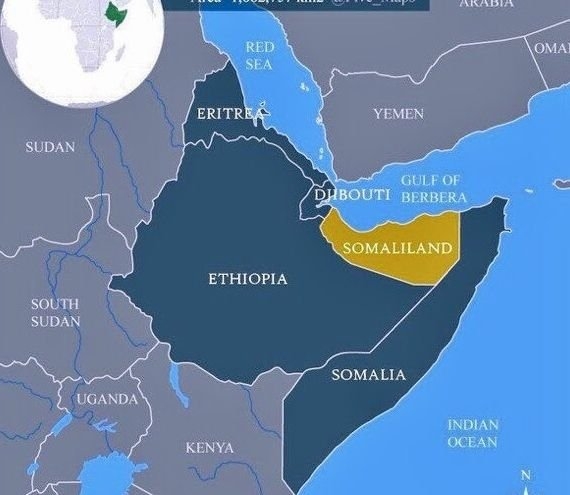When Agnes did her first screening for cervical cancer, it was at a doctor’s office.
The medic inserted a speculum inside her private parts to widen it. He then entered a small brush to collect mucus and cells from the cervix. These samples were then sent to a laboratory.
“It was a bit shameful,” she says. But it paid off. She had early cancer that was successfully treated.
Agnes noted this lack of privacy is one of the key reasons many women avoid HPV tests and pap smear.
Kenya registers about 5,200 new cervical cancer cases every year and more than 3,200 deaths, annually, which could be reduced through early screening and diagnosis.
Agnes was in her 30s when she received the cervical cancer diagnosis. She lost her mother to the same disease.
Her colleague, Beatrice, is a widow and mother of four. She was also fortunate to access early treatment, thanks to early screening and diagnosis.
Beatrice and Agnes are among the 700 community health promoters trained by the National Cancer Institute and the Nairobi county to educate women and offer early screening services for cervical cancer in city estates.
“Seeing the transformation in these women—their confidence, their willingness to take charge of their health—is what keeps me going. I am living proof that with early screening, we can overcome cervical cancer; it is not a death sentence as it was once perceived,” Agnes says.
“We are not just fighting cancer; we are fighting for a future where every woman, regardless of where she lives, has access to quality healthcare.”
The programme is led and sponsored by Becton Dickinson and Company, a leading global medical technology company, and implemented by HealthStrat, a Kenyan firm that designs and executes interventions to improve clinical and public health practice.
Nearly all cervical cancers are caused by an infection with certain high-risk types of human papillomavirus.
The disease is generally viewed as treatable and curable, particularly if it is diagnosed when the cancer is in an early stage.
Each CHP is expected to further train 10 other CHPs, creating a pool with cervical cancer knowledge and testing skills for outreach to women in their respective communities.
One of the biggest wins in this initiative was the introduction of cervical cancer self-screening kits. This new technology enhances early detection by enabling women to screen themselves, reducing the stigma and discomfort associated with traditional screening methods.
Using this self-collection kit, a woman collects a sample using a swab which is then delivered to the screening centre within 24 hours.
By promoting this self-screening technology, CHPs like Beatrice and Agnes are helping to remove barriers to early diagnosis and treatment, making it easier for women to take proactive steps toward their health.
“I have been in their shoes,” says Beatrice, her voice firm with determination.
“When I talk to these women, they see themselves in me. They see that survival is not only possible but that life can continue with purpose. They realise that they, too, can rise above their struggles and become advocates for their health.”
The two health promoters say they also meet women through door-to-door visits, community forum, and one-on-one counselling sessions. They then talk with them to help dispel myths and instil hope.
The World Health Organisation Cervical Cancer elimination targets call for 70 per cent of women between the ages of 35 to 45 to be screened for cervical cancer.
Currently, Kenya is far from meeting this target, with only 17 per cent of women having ever been screened.
Players hope the self-sample collection will help improve the numbers.
“As an organisation, we have introduced self-screening, a new medical intervention to encourage early and regular screening for cervical cancer to aid in reducing the cancer burden in the region,” Maryanne Otieno, the Global Public Health leader for East Africa for Becton, Dickinson and Company, said.
Kenya piloted a community-based cervical cancer screening in 2021 using the human papillomavirus DNA testing to explore ways of effectively scaling up this type of testing.
Dr Victor Kibe, the head of non-communicable diseases division, Nairobi county, emphasises the critical role of survivor-led initiatives in combating cervical cancer.
“Survivors bring an unmatched level of authenticity and commitment,” he said. “Their experiences resonate deeply with the communities they serve, and that connection is invaluable.”
Dr Andrew Nyadigisi, CEO of HealthStrat, said. “These women are not just promoting health; they are changing mindsets. They are proving that survivors can become powerful agents of change with the right support.”
The sample collection and screening are not a test for cancer, but are used to detect HPV or abnormal cells that could lead to serious problems like cervical cancer.
If high-risk HPV is found, then a pap smear test will be collected to look at cell changes. If there are no changes, then doctor asks the woman to return in one year to make sure the HPV has cleared. If high-risk HPV and cell changes are seen, then one needs to undergo further tests.














